A tummy tuck, or abdominoplasty, is a cosmetic procedure that restores and tones the abdominal muscles by removing excess skin and fat around the navel area, improving the appearance of a “sagging” abdomen.
This surgery reduces abdominal laxity, which naturally arises as abdominal muscles—typically less elastic—struggle to return to their original form once stretched. Tummy tucks offer an effective solution when exercise and diet alone don’t suffice.
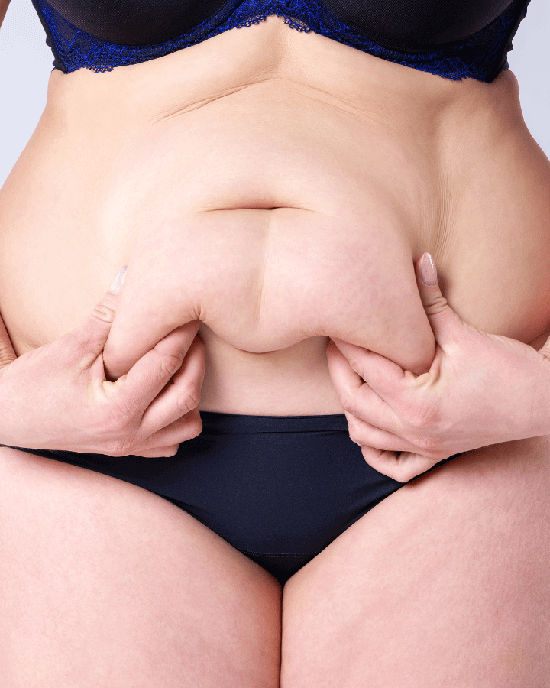
The process begins with a consultation with your plastic surgeon, where procedure goals, patient expectations, and candidacy for the surgery are discussed. Your surgeon may request medical tests and provide guidelines regarding diet, smoking, and medication use leading up to the procedure.
- On the scheduled surgery day, the patient will arrive at the clinic, often early in the morning.
- General anesthesia is administered before the operation.
- The main incision is a horizontal cut above the pubic line, extending from hip to hip. The length of the incision depends on the amount of excess skin needing removal. In some cases, a second incision is made around the navel to address the upper abdominal skin.
- Skin and fat are separated from the abdominal muscles, which are then tightened and sutured into place for a flatter and firmer appearance.
- Excess skin and fat are removed, and the navel is repositioned.
- Finally, incisions are closed with sutures or staples, and dressings are applied.
After surgery, patients are monitored for several hours and usually stay overnight in the clinic. Bandages and possibly drains (tubes) will be in place for a few days, as instructed by the doctor.
For at least two weeks, avoid strenuous activities, heavy lifting, and intense physical activity. A compression garment will help reduce swelling and support the abdominal area. Follow-up visits with the surgeon are essential, especially during the first month for wound care and suture removal.

The classic tummy tuck, also known as a full abdominoplasty, removes excess skin and fat from the abdominal area while tightening the underlying abdominal muscles. This option is ideal for those with loose skin or abdominal muscles due to pregnancy, weight loss, or aging.
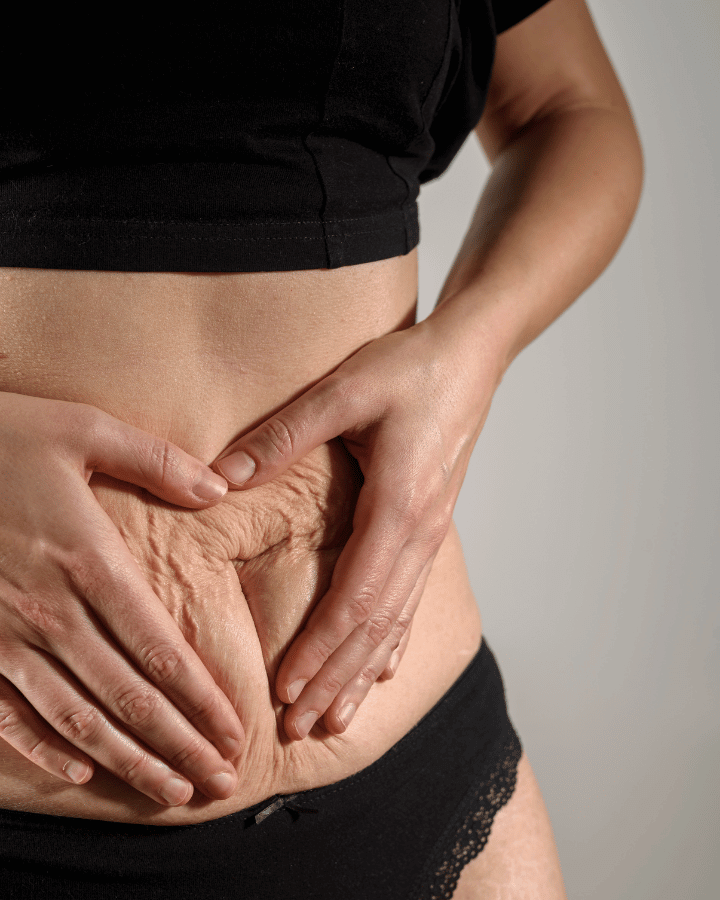
A mini tummy tuck is a less invasive option, focusing on the lower abdomen, below the navel. It’s ideal for those with slight skin laxity and excess fat in the lower abdominal area who don’t require a full tummy tuck.


A tummy tuck combined with fat grafting uses fat removal from one area to enhance other body areas. Ideal for patients wanting to remove excess abdominal skin and fat while augmenting other areas.
When a patient opts for a Tummy Tuck & Fat Grafting, the process includes: first, liposuction is performed to extract and purify the fat. Next, the tummy tuck is conducted, where the surgeon removes excess skin and tightens the abdominal muscles if necessary. Finally, the fat is injected into areas of the body needing volume or contouring, such as the buttocks and breasts.
Combining these two methods provides multiple benefits and maximizes the body’s overall appearance.
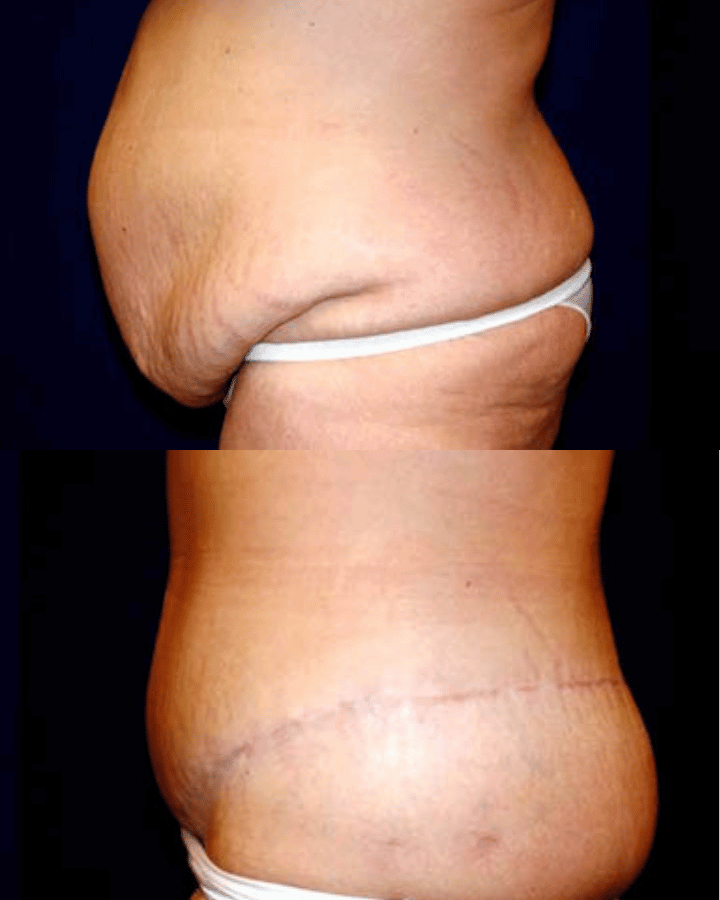
Circumferential lipectomy, also known as peripheral or belt lipectomy, is an extensive surgical procedure that combines a tummy tuck with a buttock and thigh lift, providing a comprehensive sculpting result for the midsection and lower body. This procedure is often chosen by individuals who have lost significant weight (e.g., bariatric patients) and have excess skin and fat around the waist, buttocks, and thighs.

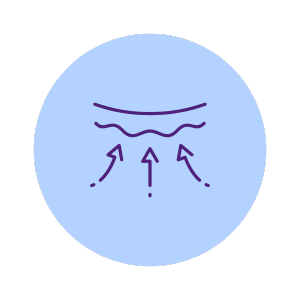
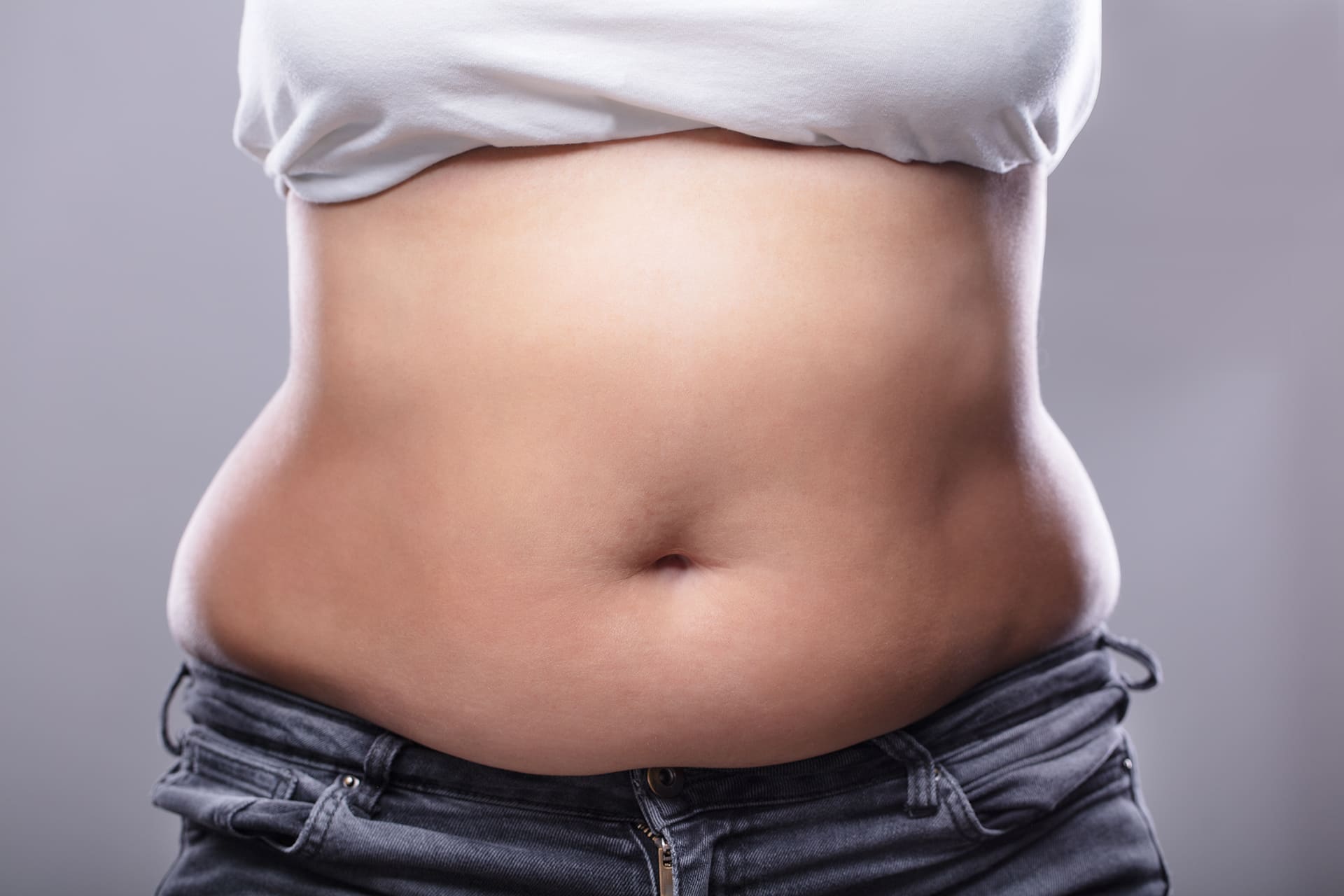
If you are interested in a tummy tuck, you need to have stabilized your weight before the surgery, ideally not fluctuating more than ten kilograms above or below the recommended range.
You should be in generally good health, meaning no serious medical issues that could increase surgical risks or slow down recovery.
While smoking isn't a complete barrier to tummy tuck surgery, it can negatively affect healing and increase the risk of complications. If you are a smoker, it’s recommended to quit for several weeks before the procedure.
Excess skin or fat in the abdominal area makes you a good candidate.
It's important to have realistic expectations. A tummy tuck can improve appearance, but it cannot achieve perfection. Additionally, the tummy tuck procedure will leave a horizontal scar at the incision site, which can fade over time or with laser treatments but won't disappear completely. However, it can be easily hidden under underwear or swimwear.
If you have relaxed abdominal muscles, often due to pregnancy or weight loss, you can benefit from the surgery, which may include muscle tightening.
A tummy tuck is best for women who do not plan future pregnancies, as subsequent pregnancies can negatively impact the results. It’s advisable to postpone the procedure until after completing all pregnancies.
Design & Development by Pixel Design